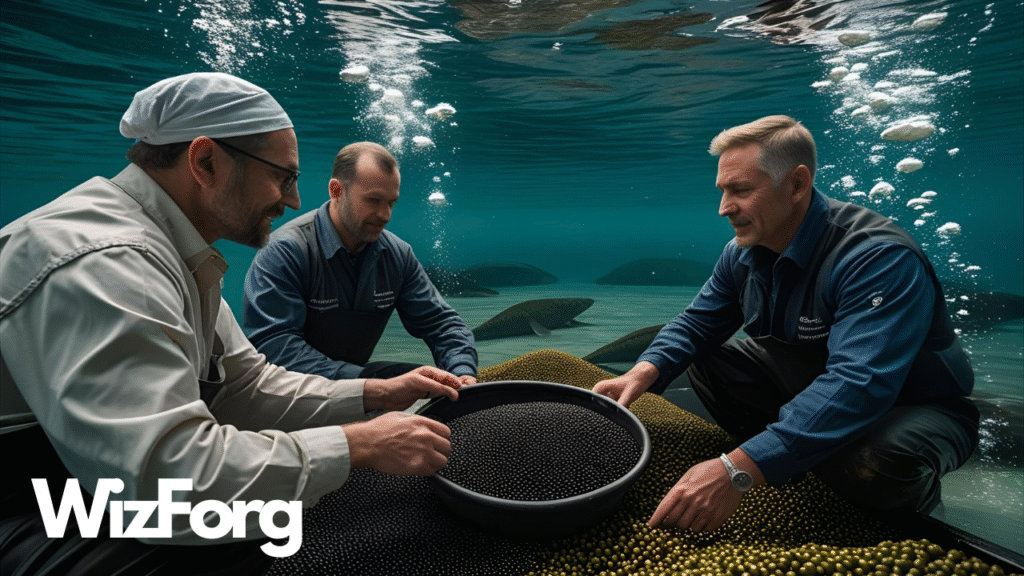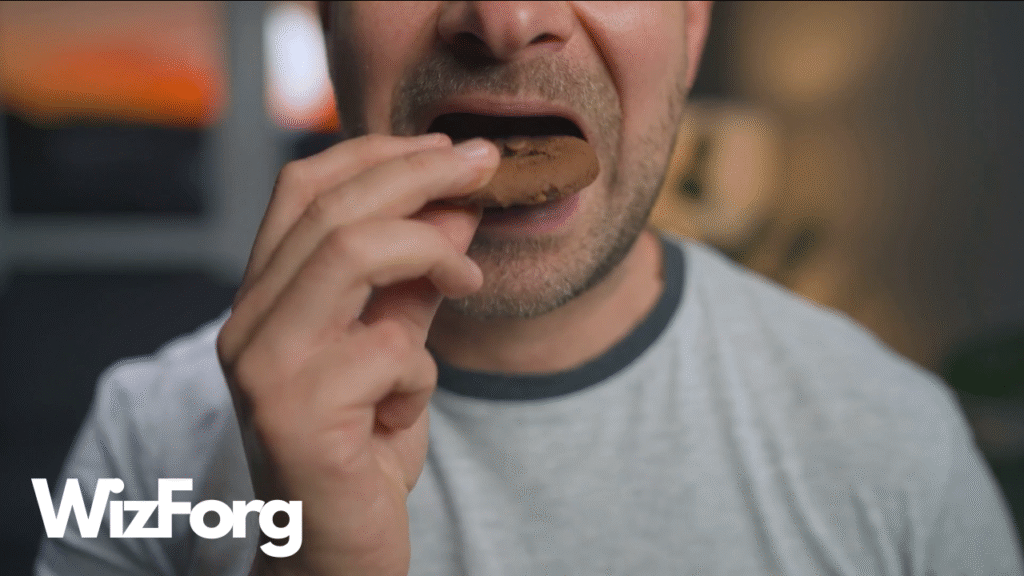For centuries, caviar—those glossy, salty pearls of sturgeon roe—was harvested in a brutal but straightforward way: catch the fish, kill it, and remove the eggs. But today, that method is mostly illegal or heavily restricted. Why? Because the world’s obsession with luxury nearly drove the source of caviar to extinction.
Caviar: A Delicacy With a Cost
Caviar, a delicacy that exudes luxury and exclusivity, is one of the world’s most exclusive delicacies, famously served on blinis or spooned from a mother-of-pearl dish in five-star hotels. The best caviar comes from sturgeon, a prehistoric fish that can live up to 100 years and doesn’t begin producing eggs until it’s at least 10 to 15 years old.
In the past, harvesting sturgeon roe meant killing the female fish before the eggs were removed. That was the only way to get the product intact. But this process had one fatal flaw: it gave the fish no second chance.
The Problem: Sturgeon Are Endangered
Decades of overfishing and poaching, especially in the Caspian Sea, devastated wild sturgeon populations. The demand for Beluga, Osetra, and Sevruga caviar surged in the 20th century, leading to a significant decrease in the number of mature, egg-bearing sturgeon. This overexploitation of sturgeon for their roe led to a severe decline in their populations, pushing many sturgeon species to the brink of extinction.
By the early 2000s, many sturgeon species were declared endangered. Conservationists sounded the alarm. CITES (the Convention on International Trade in Endangered Species) and national governments began clamping down, restricting exports and enforcing fishing bans.
Suddenly, the old method wasn’t just unsustainable—it was no longer legal in many parts of the world.
Enter “No-Kill” or “Sustainable” Caviar
In response to the crisis, a new industry standard emerged: sustainable or no-kill caviar farming. This involves gently massaging the eggs out of a living fish, using techniques like hormonal induction or cesarean-style procedures that allow the fish to survive and spawn again. This method, though more time-consuming and expensive, aligns with both environmental concerns and animal welfare standards, offering a hopeful future for caviar production.
Though it’s more time-consuming and expensive, this method aligns with both environmental concerns and animal welfare standards. It also means that a single fish can produce multiple harvests over its lifetime, without needing to be killed.
Some purists argue that no-kill caviar doesn’t taste exactly like the traditional kind, but blind taste tests show that even experts often can’t tell the difference. While there may be subtle differences in taste and texture, the quality of no-kill caviar is generally comparable to that of traditional caviar, making it a viable and sustainable alternative.
Regulations Are Tighter Than Ever
Modern caviar production is now one of the most tightly controlled food industries on the planet. Every legal tin of imported sturgeon caviar must have a CITES label, which tracks the species, origin, and method of harvest, ensuring the authenticity and ethical sourcing of your caviar.
Illegal, wild-caught caviar still exists—but it’s increasingly rare and heavily penalized. Raids on black-market caviar operations continue to make headlines, with poachers facing steep fines or even prison time.
Many countries now only allow sturgeon farming under strict aquaculture regulations, with zero tolerance for wild harvest.
Farming Isn’t Foolproof
Sustainable farming has its challenges. Sturgeon take years to mature, and maintaining optimal conditions—clean water, temperature control, and stress-free environments—is costly.
One environmental concern is that some farms may release waste or antibiotics into local waterways. But the most reputable producers operate in closed systems with high standards for cleanliness and fish health.
As with any industry that goes “luxury green,” not all claims are trustworthy; labels like “no-kill” or “sustainable” aren’t always regulated, so knowing the source of your caviar matters more than ever.
So What’s in a Spoonful?
Today’s caviar market reflects a new balance: luxury meets ethics. While the old way of harvesting caviar is now largely illegal or frowned upon, it pushed the industry to innovate. The best caviar now comes not from conquest, but from care—and that might be the most refined ingredient of all.
Curious about the hidden truths behind global delicacies?
Explore more food stories that mix luxury, law, and history at Wizforg.com, and don’t forget to subscribe to our YouTube channel for deeper dives into the world’s most exclusive obsessions.



